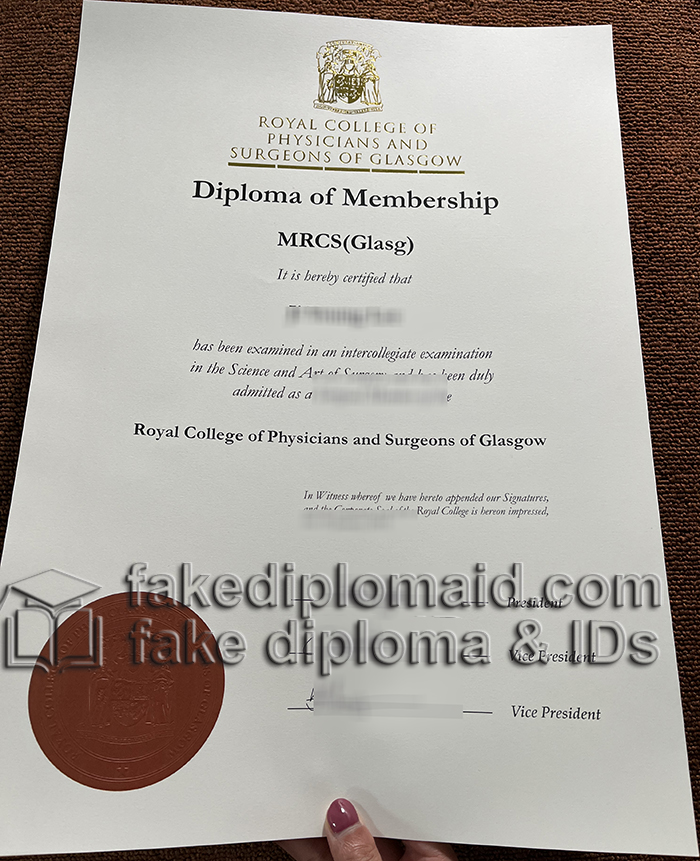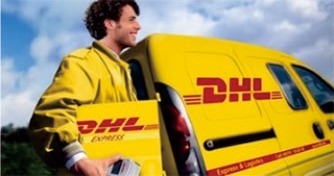
Spurious RCPSG diploma, bogus RCPSG diploma, buy an RCPSG diploma online, fake Scotland degrees for sale. The College was founded in 1599, by a Royal Charter from King James VI of Scotland. The Charter was granted to Peter Lowe, a surgeon who trained in France, and author of The Whole Course of Chirurgerie (1597), and Robert Hamilton, a Scottish physician. The Charter also mentions by name the apothecary William Spang, who was granted the power to inspect and regulate the sale of drugs in the town. The College originally had no corporate name but became known as the Faculty (1629), then the Faculty of Chyrurgeons and Physitians (1654). By the end of the 17th century, the name was established as the Faculty of Physicians and Surgeons of Glasgow. Powers were granted to examine and regulate surgical practice in the baronies of Glasgow, Renfrew, and Dumbarton, and the districts or sheriffdoms of Clydesdale, Renfrew, Lanark, Kyle, Carrick, Ayr, and Cunningham. Physicians were admitted on production of their MD diplomas.
Buy a Scotland RCPSG diploma, How to get a Royal College of Physicians and Surgeons of Glasgow degree, great Royal College of Physicians and Surgeons of Glasgow diplomas maker. The Faculty was incorporated with the Town Council to gain burgh privileges in 1656 and purchased a property on the Trongate in 1697. This was demolished and a purpose-built Faculty Hall was erected on the site in 1698. The Faculty Library was also founded in 1698. In 1791, the Faculty moved to a new hall in St Enoch Square and in 1862 to their current property on St. Vincent Street, part of the New Town lands developed by William Harley of Blythswood Square… In 1909, the Faculty was allowed to add the prefix “Royal” to its name; and in 1962 the name was again changed to the Royal College of Physicians and Surgeons of Glasgow to bring it into line with its sister corporations.
RCPSG degree certificate false, how much order an RCPSG diploma? The Faculty was unique in that it included the professions of barber and apothecary in addition to those of surgeon and physician. In 1656 the surgeons and barbers jointly received a Letter of Deaconry from the Town Council, establishing them as a craft or trade, with representation in the Trades House. However, relations between the barbers and the surgeons deteriorated later in the 17th century, until in 1722 they split and the Letter of Deaconry became null and void. The barbers received money to the value of their share in the Faculty Hall in the Trongate and a new, separate Letter of Deaconry from the Town Council.





